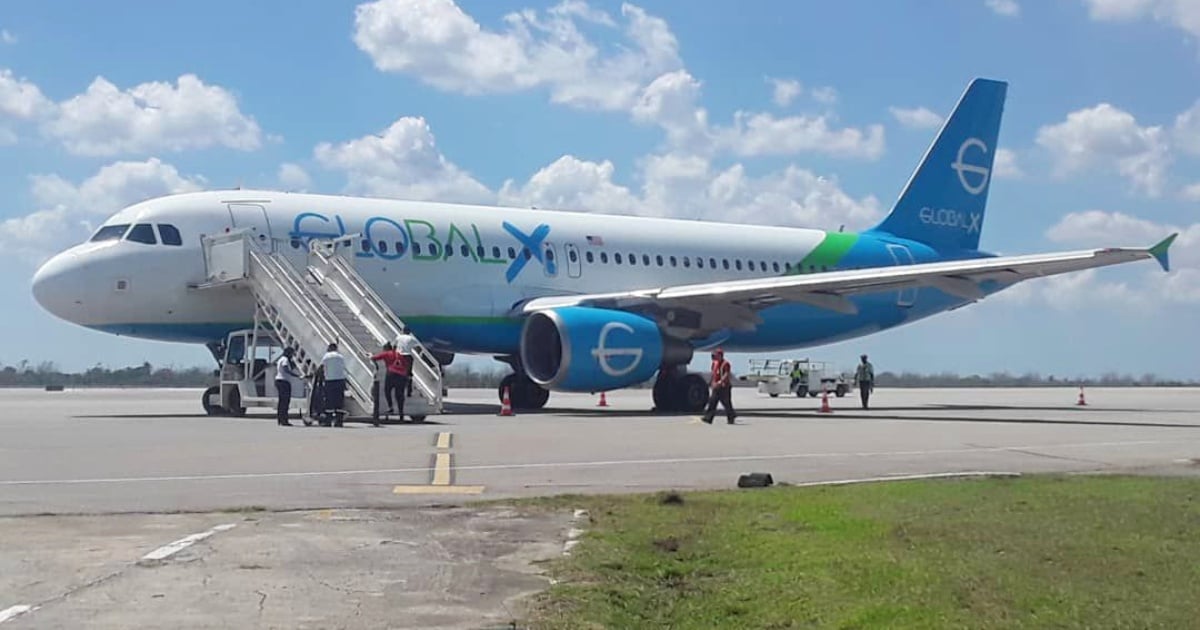On Thursday, 60 Cuban nationals—55 men and five women—were deported from the United States and landed at José Martí International Airport. This action was part of ongoing bilateral migration agreements, as reported by the Ministry of the Interior (MININT). Two individuals faced immediate detention upon arrival: one was sent for investigation due to alleged criminal activity before leaving Cuba, and the other for illegally exiting the country while on parole.
Although the MININT's statement referenced flights on January 23 and February 27, only the latter, which brought back 104 deported citizens, was officially reported. With this latest flight, a total of 13 deportation flights have occurred in 2025, returning 367 Cuban migrants from various regional countries. The Ministry reiterated its dedication to ensuring a regular, safe, and orderly migration process while emphasizing the dangers and life-threatening conditions of illegal sea departures from Cuba.
Earlier this month, Carlos Fernández de Cossío, Cuba's Deputy Foreign Minister, dismissed claims that the Trump administration had engaged with the Cuban government on migration issues or a potential rise in deportations. "There has been no request of this nature from the U.S. government," he told Reuters, adding, "We have yet to discuss whether this would be feasible."
The deportation flight's alignment with "existing migration agreements" highlights its role as part of the monthly flights that resumed in April 2023 under the Biden administration. These agreements, originating in the 1980s, have led Cuba to routinely accept deportees from the United States via air and sea.
Potential Impact of Humanitarian Parole on Deportations
Regarding the status of Cubans who benefited from humanitarian parole, Fernández de Cossío noted that large-scale deportations of legally admitted Cubans were never part of the original migration agreements. This implies resistance from the Cuban government to easily facilitate the return of these individuals. When the agreements were made, it was deemed unreasonable for the U.S. to initially accept and then reject entry to individuals. Thus, "any similar scenario would require negotiation," stated the diplomat, who refused to commit to cooperation on such terms, calling them "unrealistic and unjust."
Negotiations between Cuba and the U.S. on migration have seen various ups and downs over recent years. The last bilateral discussion took place in December 2024, just before President Donald Trump's second term began.
Cuban Deportation Policies and Agreements
What are the current migration agreements between Cuba and the United States?
The current migration agreements date back to the 1980s, under which Cuba routinely accepts deportees from the United States by air and sea as part of efforts to maintain regular, safe, and orderly migration.
How many deportation flights have occurred in 2025?
As of now, there have been 13 deportation flights in 2025, returning a total of 367 Cuban migrants from various regional countries.
Has the U.S. requested an increase in deportations from Cuba?
According to Carlos Fernández de Cossío, Cuba's Deputy Foreign Minister, there has been no request for increased deportations from the U.S. government, and discussions on this matter have not yet taken place.
What is the Cuban government's stance on deporting humanitarian parole beneficiaries?
The Cuban government appears resistant to easily facilitating the deportation of individuals who were initially admitted under humanitarian parole, citing that such large-scale deportations were not part of the original migration agreements and would need to be discussed further.
